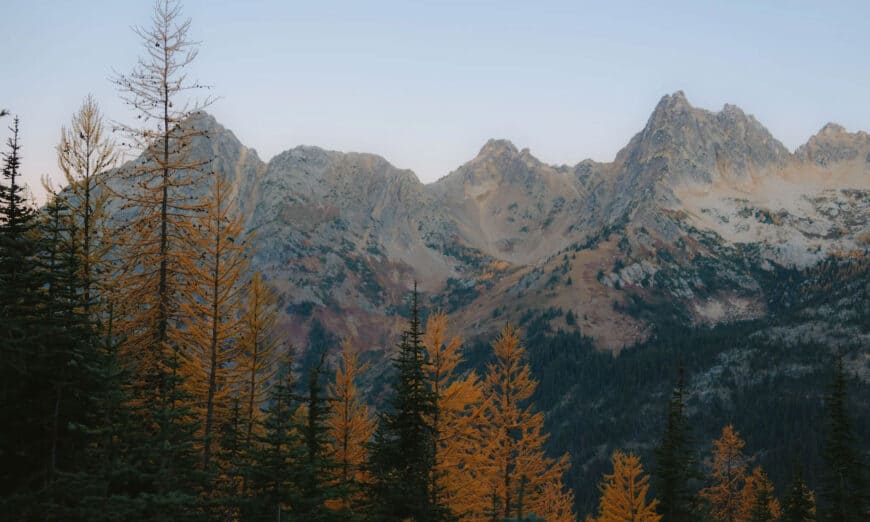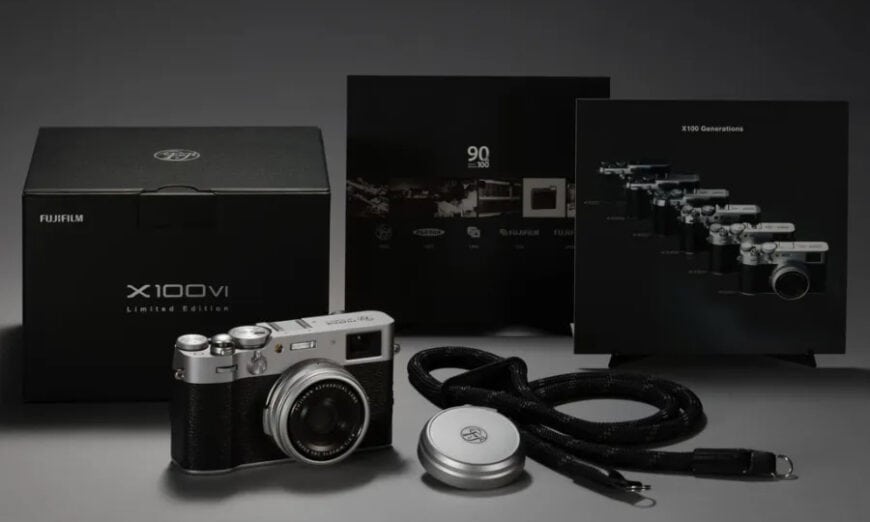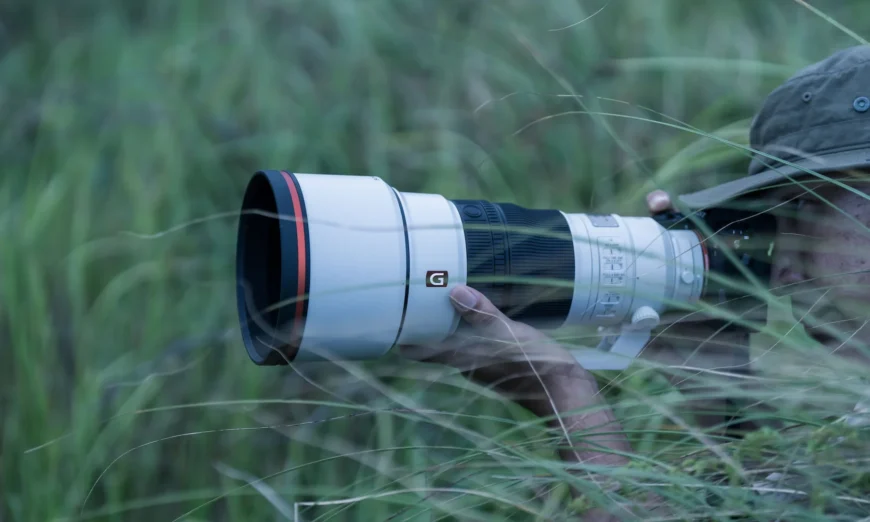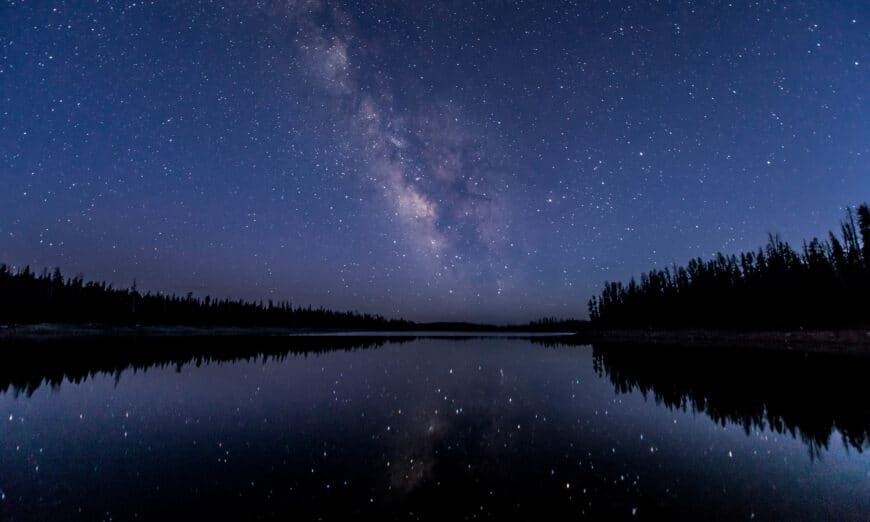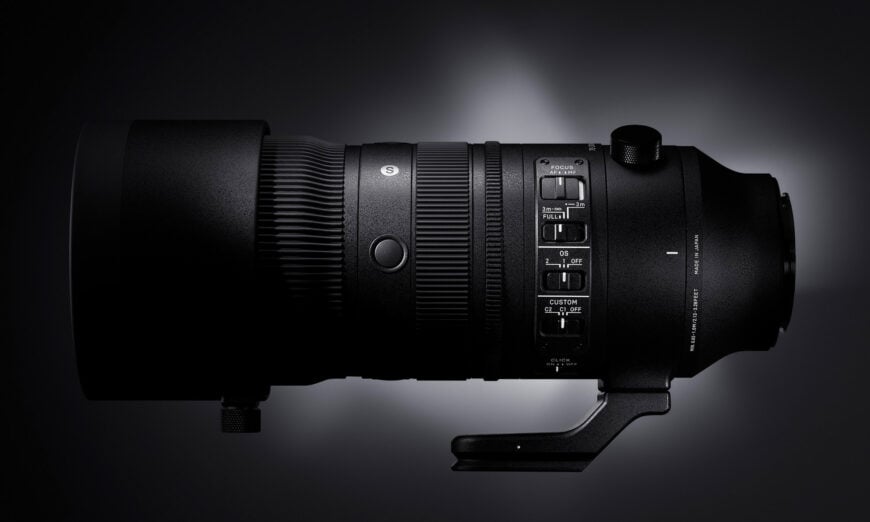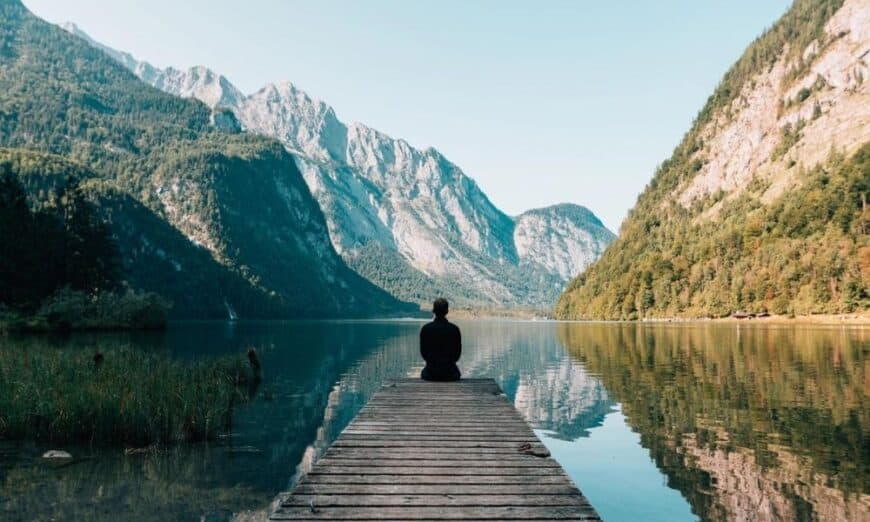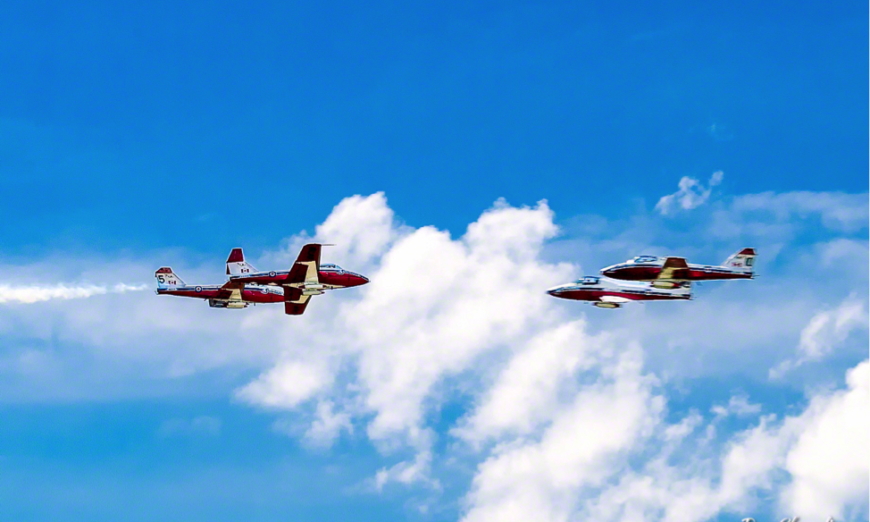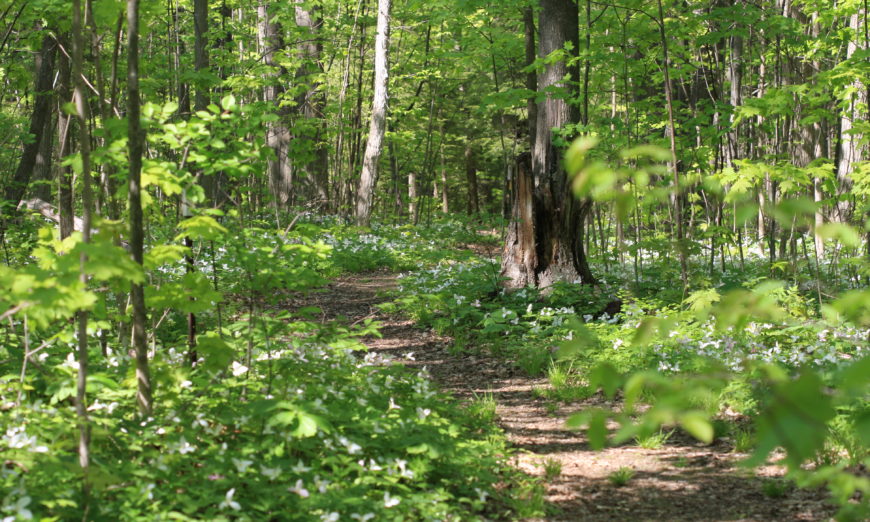Sony Alpha Universe Repost Although Hannah Rheaume (@hannahrheaume) is classified as an influencer, she’s never really seen herself that way. She just fell in love with travel and used content creation as her way of incorporating travel into her daily life. Over nearly a decade of this career, she’s had many unique experiences and has truly found her creative voice. We sat down with Hannah to learn about her journey, how she’s built a community of women passionate about the outdoors, how she achieves her creative vision and how to […]
landscape
The Fujifilm X100VI arrives as a timeless masterpiece, ingeniously blending the aesthetic of classic camera design with the forefront of photographic technology. For photography aficionados who appreciate the elegance of simplicity without sacrificing performance, the X100VI stands as an ideal everyday companion. The New Fujifilm X100VI: Classic Design Meets Modern Innovation With its vintage body reminiscent of traditional film cameras, the X100VI appeals to those who cherish the tactile joy of photography. Beyond its retro charm, however, lies a powerhouse of technology. The heart of this camera beats with a […]
Embarking on a Professional Photographer Journey: From Small-Town Beginnings to Global Adventures
BY Henry's March 17, 2024 Featured Artist Spotlight
Photographs compliments of Ryan Bolton (Instagram) – (website) In the heart of every small town lies a story waiting to be told, and for one man from Hanover – Ryan Bolton, his professional photographer journey began amidst the serene cornfields on the way to Kincardine or Owen Sound. Today, Ryan has traversed the globe, from the refugee camps of Sierra Leone and Liberia to the vibrant streets of Sri Lanka, South Africa, and Vietnam, capturing life’s profound moments through the lens of his camera. This is the story of Ryan […]
Henry’s is thrilled to introduce the latest innovation from Sony Electronics, the Sony FE 300mm F2.8 GM OSS lens, revolutionizing the world of telephoto photography. This remarkable full-frame α (Alpha™) E-mount lens sets a new standard as the world’s lightest 300mm telephoto prime lens, offering unparalleled agility for photographers everywhere. Esteemed for its cutting-edge design, the FE 300mm F2.8 GM OSS is a G Master™ series lens that promises to transform your photographic experience. It’s designed for photographers who demand precision and high-speed performance without the burden of a heavy […]
Exploring the Cosmos: A Guide to Astrophotography
BY Henry's February 16, 2024 Astro, Astrophotography
Astrophotography is an enchanting hobby that blends the infinite mysteries of the night sky with the art of photography. Whether you’re aiming to capture the Milky Way’s vast expanse or the Northern Lights, having the right equipment is paramount. In this comprehensive guide to astrophotography, we’ll explore an array of camera bodies and lenses suited for every level of astrophotography enthusiast. We’ll also discuss how to make the most of your backyard for celestial photography, find the perfect dark sky location, and how astrophotography can complement your outdoor adventures. You […]
Landscape Photography with the Sigma 28-70mm F2.8 DG DN Camera Lens
BY Henry's January 18, 2024 Landscapes
The All New Sigma 28-70mm F.28 DG DN Camera Lens The Sigma 28-70mm f/2.8 DG DN Contemporary is a versatile lens for L-Mount cameras, offering a wide-angle to portrait-length range with a consistent f/2.8 aperture. Ideal for various shooting scenarios, it ensures sharp images with minimal aberrations, thanks to its advanced optical design. The lens features a smooth and quiet autofocus, suitable for both photography and video. Compact and durable, it’s an excellent choice for everyday use, appealing to both professionals and enthusiasts seeking quality and versatility in their photography […]
Elevate your photography experience with the latest addition to the SIGMA lineup: the Sigma 70-200MM f/2.8 Sport camera lens, designed specifically for Sony, Panasonic and Sigma Full Frame Mirrorless Cameras. Renowned for its exceptional build and superior performance, this lens is a must-have for professional and aspiring photographers alike. Shop now for the new Sigma 70-200MM f/2,8 Sport Camera Lens. Robust Build and Ergonomic Design Experience the pinnacle of lens construction with the SIGMA 70-200MM f/2.8 Sport DG DN OS. Meticulously crafted with high-quality materials, this lens offers a durable […]
Extreme Landscape Photography: A Survival Guide
BY Henry's October 27, 2021 Landscapes, Travel
Take your images to the next level. By shooting extreme landscapes you can combine a love for remote locations and the art of landscape photography to create stunning pictures and lasting memories. Here’s your guide to getting started.
Exposure Compensation
BY Ross Chevalier July 19, 2019 Articles, Learning
What is exposure compensation and how do you use it? There are plenty of situations where using exposure compensation can improve your photos – at weddings, around a campfire, at air shows, taking shots of a nighttime skyline, etc. Exposure compensation exists on your camera so you can add brightness to images that come out too dark, or to remove brightness in images that are too bright to begin with. That’s it, plain and simple. Here are some tips on how and when to use exposure compensation.
For about three weeks in early Spring, great swathes of elegant White Trilliums carpet the floors of forests, before trees’ leaves fully develop and block out the sunlight. It’s a great opportunity to get out and photograph the abundance of wildflowers that can’t be seen at any other time of year.
- « Previous
- 1
- 2
- 3
- Next »
